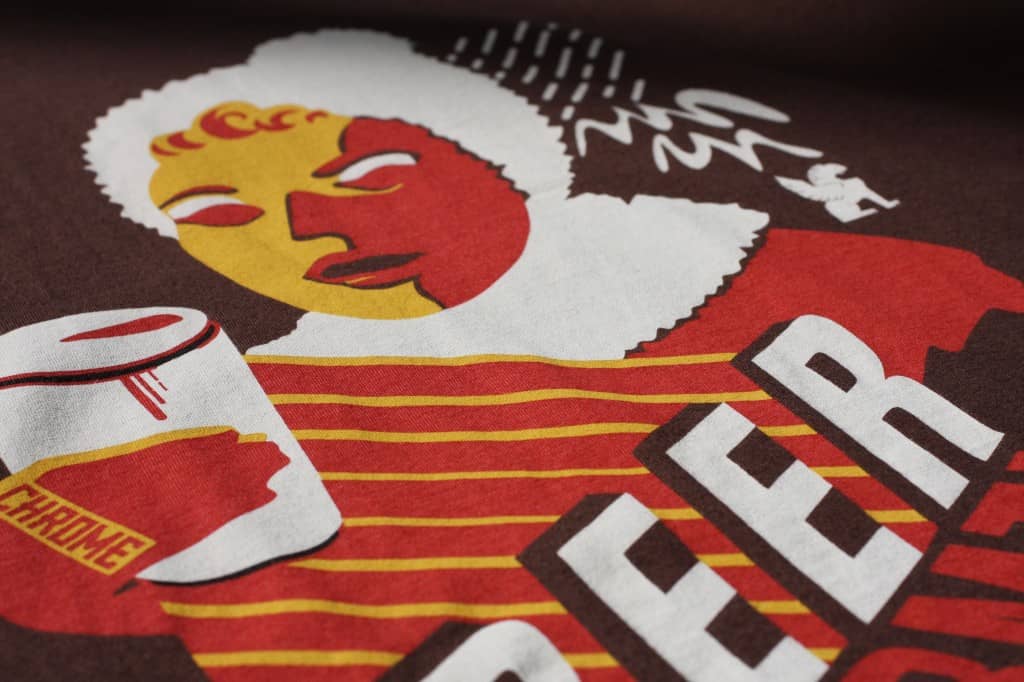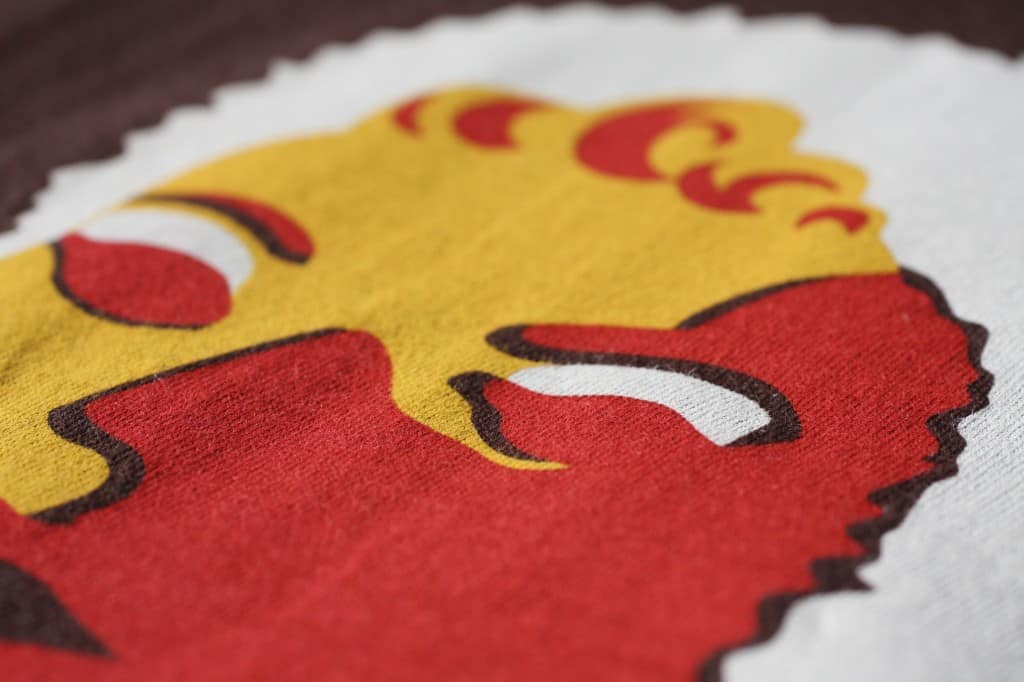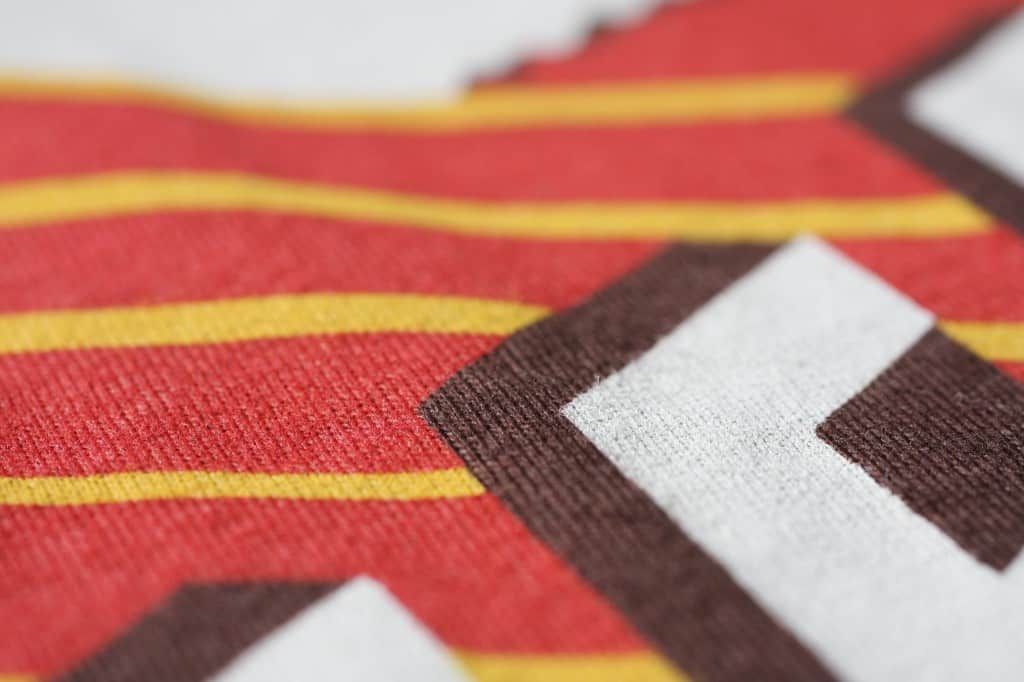I should start by saying that I do not consider Motion Textile to be a discharge printer, but we’re pretty damn good at discharge printing. To clarify, I’m saying that there are printers whom primarily print waterbase/discharge and do so very proficiently, efficiently, and profitably. I think the only way to get to that place is if you choose to or are forced to print primarily with these inks. The more you do it the better you get and the “easier” it becomes (though it is never easy). It’s not unlike an inkjet printer that runs beautifully as long as you use it day-in day-out, but as soon as you let it sit for a few days/weeks/months it all goes to hell and takes a bit of work to get it running again. I feel like we are that inkjet printer. Every discharge job we run seems like the “inkjet printer” is starting up again after an idle period that once running produces amazing results. I wanted to share this perspective as I’m sure many of you feel the same way. I will have some forthcoming posts which get into the more technical aspects of discharge printing, but for now I want to share one of my favorite discharge prints along with a few simple tips. Enjoy…





Great article! I feel the same way about when we print water base and discharge ink. We primarily print using plastiol with the occasional fashion soft additive thrown into the mix. It usually takes some tweaking our vastex inferred dryer to get the shirts to discharge properly. We finally figured out the perfect setting and laminated a cheat sheet onto our dryer. . . Even with that being there sometimes things just take a while to get moving! We always find ourselves doing several test prints to make sure we hit everything right, occasionally we will tweak the formula, add in more pigment and so on. . . When everything starts running smooth it is like a dream come true. There are pros and cons for plastisol and discharge inks for sure, we just need to stick with it. Although we’ve been printing discharge inks manually, hopefully our new MHM X-Type will help increase our overall quality. -GK http://www.KaulesScreenWorks.com